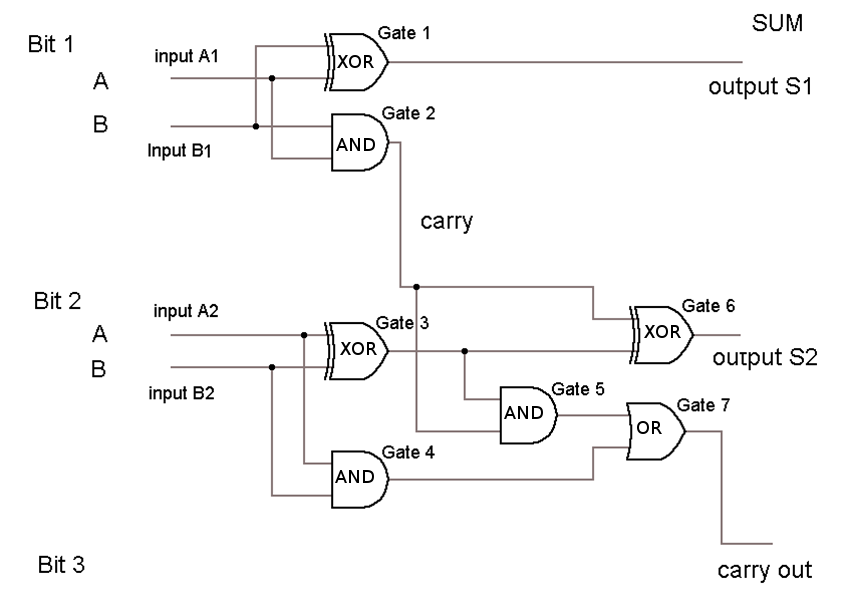I went to a meeting for stakeholders interested in the eTernity (European textbook reusability networking and interoperability) initiative. The hope is that eTernity will be a project of the CEN Workshop on Learning Technologies with the objective of gathering requirements and proposing a framework to provide European input to ongoing work by ISO/IEC JTC 1/SC36, WG6 & WG4 on eTextBooks (which is currently based around Chinese and Korean specifications). Incidentally, as part of the ISO work there is a questionnaire asking for information that will be used to help decide what that standard should include. I would encourage anyone interested to fill it in.
The stakeholders present represented many perspectives from throughout Europe: publishers, publishing industry specification bodies (e.g. IPDF who own EPUB3, and DAISY), national bodies with some sort of remit for educational technology, and elearning specification and standardisation organisations. I gave a short presentation on the OER perspective.
Many issues were raised through the course of the day, including (in no particular order)
- Interactive and multimedia content in eTextbooks
- Accessibility of eTextbooks
- eTextbooks shouldn’t be monolithic and immutable chunks of content, it should be possible to link directly to specific locations or to disaggregate the content
- The lifecycle of an eTextbook. This goes beyond initial authoring and publishing
- Quality assurance (of content and pedagogic approach)
- Alignment with specific curricula
- Personalization and adaptation to individual needs and requirements
- The ability to describe the learning pathway embodied in an eTextbook, and vary either the content used on this pathway or to provide different pathways through the same content
- The ability to describe a range IPR and licensing arrangements of the whole and of specific components of the eTextbook
- The ability to interact with learning systems with data flowing in both directions
If you’re thinking that sounds like a list of the educational technology issues that we have been busy with for the last decade or two, then I would agree with you. Furthermore, there is a decade or two’s worth of educational technology specs and standards that address these issues. Of course not all of those specs and standards are necessarily the right ones for now, and there are others that have more traction within digital publishing. EPUB3 was well represented in the meeting (DITA is the other publishing standard mentioned in the eTernity documentation, but no one was at the meeting to talk about that) and it doesn’t seem impossible to meet the educational requirements outlined in the meeting within the general EPUB3 framework. The question is which issues should be prioritised and how should they be addressed.
Of course a technical standard is only an enabler: it doesn’t in itself make any change to teaching and learning; change will only happen if developers create tools and authors create resources that exploit the standard. For various reasons that hasn’t happened with some of the existing specs and standards. A technical standard can facilitate change but there needs to a will or a necessity to change in the first place. One thing that made me hopeful about this was a point made by Owen White of Pearson that he did not to think of the business he is in as being centred around content creation and publishing but around education and learning and that leads away from the view of eBooks as isolated static aggregations.
For more information keep an eye on the eTernity website


